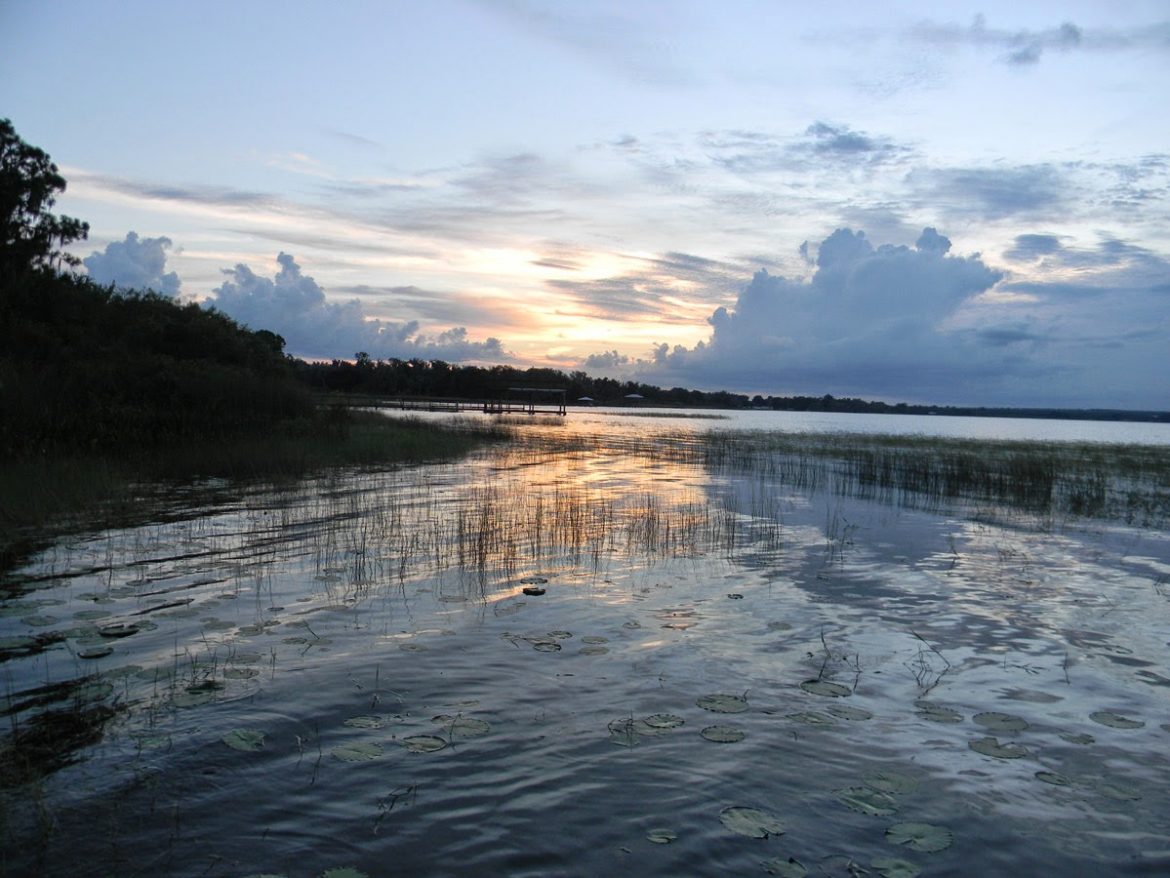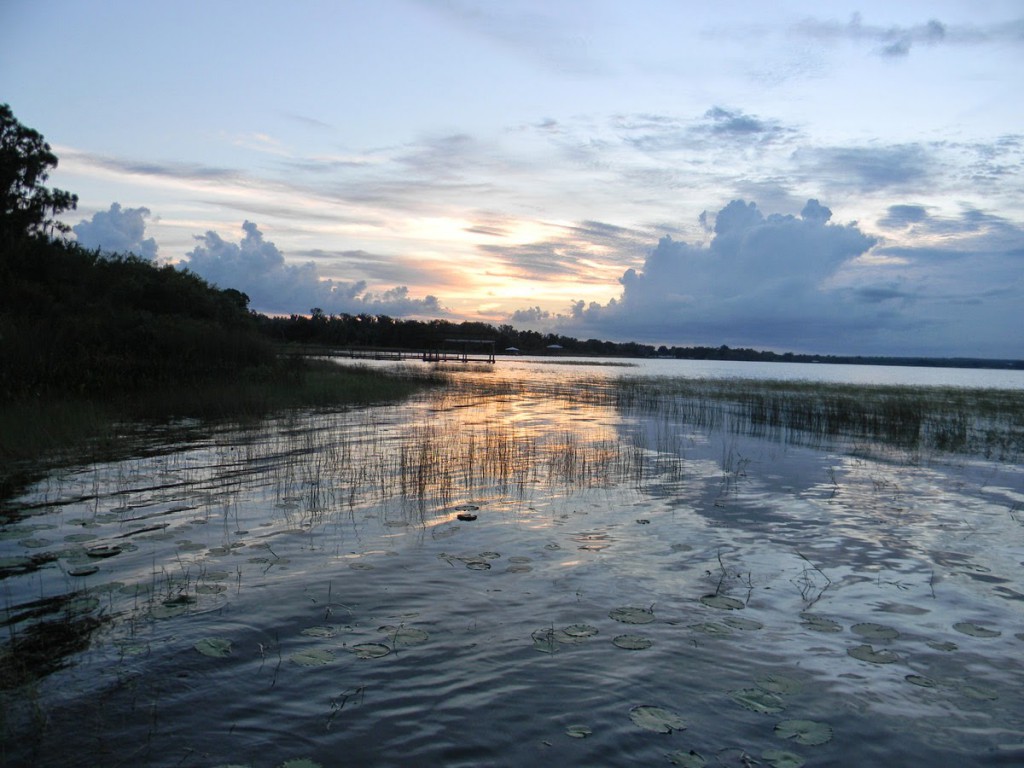I received this e-mail over the weekend and asked if I could respond here:
Good morning!
We’ve been following your blog for a few months, since we decided to move to Florida. We closed on a home 2 wks ago & will be moving down to (the central Florida coastline) in October from (a really cold state in the Northeast – USDA zone 4).
First of all, welcome to Florida – this is a great place to garden. Let’s talk Florida gardening for beginners, because everyone is a beginner when they change climates.
When looking at a new property, the first thing I like to do is figure out where my trees will go. Fruit and nut trees are long-term food-producing scaffolding for a homestead.
In the center of the state, I’ve found that the three easiest trees to grow are mulberries, loquats and Japanese persimmons. After planting those, I’d add in some “sand pears” (Pineapple pear is my favorite variety, though Hood and Flordahome are also good), along with figs. If you want to fiddle around more, add peaches, nectarines and apples. Jujubes are also easy, as are bananas. Another great (and often overlooked) fruit is borne by the pindo palm. It makes the best jelly in the world. Plant multiples of each tree and you’ll have redundancy and good pollination for the trees that need it.
Citrus used to be easy but isn’t any longer, thanks to the many diseases now in the state, of which citrus greening is the worst. It’s good you have a grapefruit but I wouldn’t add any more citrus until they figure out how to get the trainwreck-in-progress under control.
I’m not sure if you can pull off chestnuts or pecans in your new location, since it might be too warm in the winter. Call your local agricultural extension and ask them. If you can, I’d add both.
If you’re right on the coast, you can add some plants that would be impossible further inland. Starfruit, macadamia nuts, mangoes, jabuticaba and sea grape are all good choices, though they may or may not fly. None of those will do well if temperatures fall below 32F for more than a couple of hours. A south-facing wall could probably support smaller trees, however. I’d try growing a starfruit like I grow my Key Lime tree here.
For root crops, forget about some of the more Northern staples. You can grow some of them in the winter and spring, but they’ll be nothing like you’d get back home. Instead, think about growing exciting new crops like cassava, true yams, malanga, boniato, arrowroot (Grower Jim carries it), yacon, ginger and sweet potatoes.
Trust me – you’ll barely miss the old roots once you try real yams or a rich, nutty malanga.
For berries and small fruit there are some great options. Improved varieties of Surinam cherries (I carry them in my nursery) are easy to grow. Cattley guava is wonderful. Southern highbush blueberries are pretty easy if you get the pH right at the beginning. You can also grow the interesting (and tasty) Simpson Stopper bush. It’s a native with good fruit. Mulberries are also really easy, though they’re a tree. Strawberries are possible but will disappoint you here. I don’t think they’re worth the effort. Mysore raspberries are a very good tropical cane fruit that’s quite productive, though rather spiny. Passionfruit is another great crop and will cover a fence nicely.
As for other crops, consider growing some muscadine grapes. The grapes you find at your local Home Depot/Lowe’s are not likely to thrive in the middle of the state… even though they sell them anyways. The diseases wipe them out – but muscadines can take all kinds of abuse, plus they make nice large grapes.
For greens and vegetables, consider growing malabar spinach, Okinawa spinach, snake beans, edible-leafed hibiscus, katuk, moringa, Florida cranberry, ivy gourd, Ethiopian kale, collards, longevity spinach, oxalis (spp), chaya and amaranth. They’ll take the heat and keep on cooking and the perennials will grow for for years. You can also grow some pretty decent broccoli in the winter. Mustard also does well.
It’s nice to have mild winters.
If you add a pond, you can also grow some very good plants like water celery, Chinese water chestnuts, duck potatoes, kang kong, water mimosa and taro. Highly productive, plus you don’t have to water them!
Finally, take pictures before you start planting – it would be great to see some before-and-after shots. You’re going to have an amazing time gardening down here. It will be frustrating, exciting, rewarding and delicious all at the same time.
I hope to meet you in person soon.
All the best,
David The Good



4 comments
I bought and planted a Jujube tree about ten years and have never gotten fruit. Any reads do you have any ideas why?
Very strange. Most jujubes are self-pollinators. I have a friend near Ocala who gets loads of fruit, though he does have a few trees together.
A couple of possibilities:
You might have too much shade. Jujube can't stand any shade.
You may have a cultivar not suited to Florida. I've read that some don't like it here, though I haven't found details on "why."
It may be pollination, even though I've read otherwise. Perhaps add another tree if you have the sunshine for it. Does your current tree bloom in the spring?
Thanks, my tree does bloom.
I hate to tell you to buy another tree, considering that your first one isn't doing anything, but I'd lay odds that pollination is the problem.
Comments are closed.